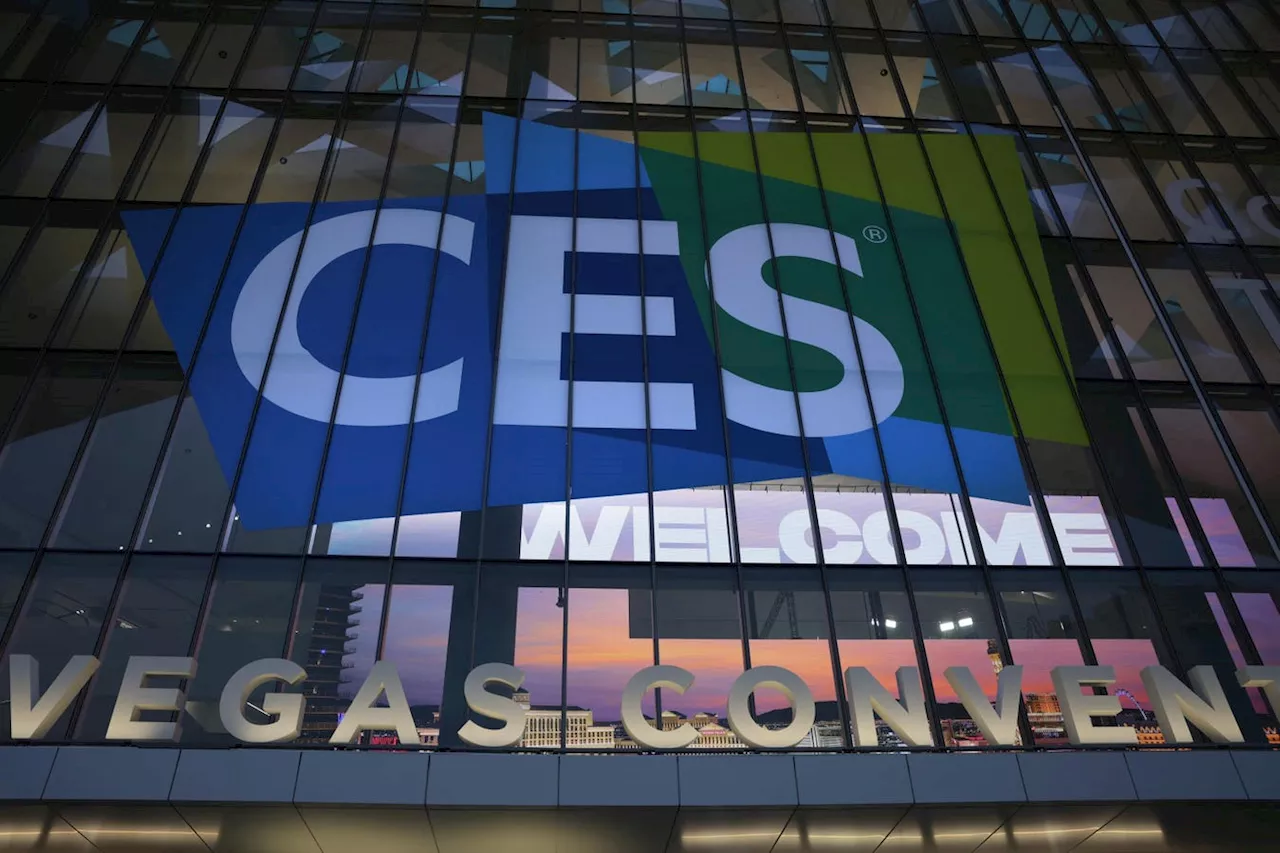Nvidia's agentic announcements at CES 2025 impressed with their balance between visionary concepts and practical blueprints. While the company's approach is well-executed and highlights the potential of agentic AI for enterprise, there's room for further optimization and strategic clarity.
The surprise wasn't that Nvidia joined the agentic bandwagon at CES. The surprise to me was how well it was done. Don't get me wrong: Nvidia is a great company loaded with smart people. But so far, agentic thought leadership has been mostly coming from software or cloud-first companies, so it was interesting to see it coming from a chip company instead. And before someone yells that Nvidia is a software company, too: I know it is, but it's still GPUs that are driving its business results.
So it was a pleasant surprise that the company's agentic announcements at CES 2025 were quite solid relative to what we have seen from other leading companies over the past few months. The word I keep coming back to is 'tactical.' I think that the desire for tech vendors to demonstrate ROI after a couple of years of major AI investment is manifesting in very tactical roadmaps and marketing moves. Often, it's just the same use cases over and over, along with a slick demo. By contrast, Nvidia did a nice job of mixing ordinary blueprints for functions like customer service with something truly visionary like robotic fleet management via its Mega Omniverse blueprint. (For more on the implications of Nvidia’s work in physical AI, see.) It's also notable that we saw mentions of some of the more advanced agentic development techniques such as agent orchestration and collaboration. All in all, Nvidia’s approach is well balanced between now and five years from now. Agents are still new, and while we see a number of companies targeting agents at no-code/low-code developers or business users, Nvidia is taking a different approach with its agentic blueprints. These are not products per se, but more of a toolkit. That said, these blueprints are well-thought-out recipes to help professional devs and DevOps people build enterprise-grade solutions. The specs and deployment plans are well detailed and appropriate for the target users to get started. Overall, it’s just well done and respects the reality that this is new technology that goes beyond augmenting personal productivity. My prediction is that the enterprise AI war will be won with the best ecosystem and not the best model. I think we are starting to see a replay of what we saw with early mobile technology pre-iPhone, where big phone companies built closed platforms. In the mobile space, that mindset was disrupted when Apple blew up the status quo with the App Store and the iPhone. An AI-specific example of keeping things open is how AWS Bedrock has supported a wide range of large language models instead of just the ones it created. In the case of agentic AI, Nvidia did a great job at CES of highlighting both AI startups that are delivering blueprint content as well as its partner Accenture for helping design and deliver the blueprints. As much as I liked it, however, I also see some opportunities to improve on it (see below). I also believe that the foundation for agentic AI in the enterprise will be in AI development platforms such as AWS Bedock or Azure AI Foundry. But as good as these cloud based frameworks are, they’re still built around the CSPs’ own clouds. By contrast, Nvidia specs its blueprints so customers can deploy them on-premises or in the cloud, and the company provides enough information for the customer to decide which way to go. Long story short, there’s a lot of good in the company’s approach to agentic AI. But I do see some ways that Nvidia can take it further. First, what Nvidia has announced so far is visionary but not extraordinary. Its picture of the future is definitely well done, but if you look at the most well-baked features available right now, similar capabilities can be found in other platforms such as Bedrock. This makes me wonder whether there are optimizations that Nvidia can deliver in the near term; I tend to think so, considering that the company has more hardware control thanks to the tight integration between its chips and software. Nvidia could also partner more. I like the Accenture partnership, but again, it’s not necessarily unique given that most of the AI cloud providers have at least one GSI partner. But what if Nvidia chose to go the same route as Nutanix and partner its agentic software stack with Dell, Lenovo or HPE? That could be a big deal, and you’d have to think it’s readily attainable, considering that all three of those big server makers are already partnered with Nvidia for AI datacenter tech. To get a little more inventive, what if Nvidia partnered with one of the new-school cloud providers like Coreweave? Finally, I think Nvidia needs to get clearer on its software strategy. Consider this comparison: Over many years, Intel has made good software that is sellable. Intel has also made massive contributions to the open source world. But the software was always secondary to selling more semiconductors. Nvidia needs to decide whether it wants to be a platform play like AWS or Microsoft Azure, or whether it wants to focus more on its hardware edge and provide software primarily as a way to enhance its hardware sales.
NVIDIA Agentic AI Enterprise AI AI Development Platforms Software Strategy Cloud Computing Hardware Integration
United States Latest News, United States Headlines
Similar News:You can also read news stories similar to this one that we have collected from other news sources.
 CARV Launches CARV SVM Chain: A Secure and Scalable Agentic Infrastructure for AI AgentsCARV introduces CARV SVM Chain, an AI agentic infrastructure built on zk-technology and Trusted Execution Environments (TEE) that empowers data sovereignty for AI agents. Seamlessly bridging Ethereum and Solana, the chain ensures unparalleled data privacy, scalability, and liquidity. This development marks progress towards secure, scalable, and decentralized ecosystems for AI agents.
CARV Launches CARV SVM Chain: A Secure and Scalable Agentic Infrastructure for AI AgentsCARV introduces CARV SVM Chain, an AI agentic infrastructure built on zk-technology and Trusted Execution Environments (TEE) that empowers data sovereignty for AI agents. Seamlessly bridging Ethereum and Solana, the chain ensures unparalleled data privacy, scalability, and liquidity. This development marks progress towards secure, scalable, and decentralized ecosystems for AI agents.
Read more »
 Agentic AI: A Transformative Future with Risks and RewardsAgentic AI is poised to revolutionize human-machine collaboration, offering immense potential for productivity, innovation, and insights. However, it also presents risks such as bias, errors, and misuse. Proactive measures by businesses and governments are crucial to ensure its responsible development and deployment.
Agentic AI: A Transformative Future with Risks and RewardsAgentic AI is poised to revolutionize human-machine collaboration, offering immense potential for productivity, innovation, and insights. However, it also presents risks such as bias, errors, and misuse. Proactive measures by businesses and governments are crucial to ensure its responsible development and deployment.
Read more »
 Emerging Trends at CES 2025: Agentic AI, Automotive Innovation, and MoreThis article explores the major themes expected to dominate CES 2025, focusing on Agentic AI, advancements in automotive technology, and computing innovation.
Emerging Trends at CES 2025: Agentic AI, Automotive Innovation, and MoreThis article explores the major themes expected to dominate CES 2025, focusing on Agentic AI, advancements in automotive technology, and computing innovation.
Read more »
 Agentic AI: The Promise of Autonomy and the Perils of BiasAgentic AI, with its ability to reason and execute tasks autonomously, holds immense promise for transforming human-machine collaboration. While it offers potential for increased productivity, innovation, and insights, it also presents risks such as bias, errors, and misuse. Early intervention by leaders in business and government is crucial to ensure the safe and ethical development of this transformative technology.
Agentic AI: The Promise of Autonomy and the Perils of BiasAgentic AI, with its ability to reason and execute tasks autonomously, holds immense promise for transforming human-machine collaboration. While it offers potential for increased productivity, innovation, and insights, it also presents risks such as bias, errors, and misuse. Early intervention by leaders in business and government is crucial to ensure the safe and ethical development of this transformative technology.
Read more »
 Why Agentic AI Will Soon Make ChatGPT Look Like A Simple CalculatorThis article explores why the convergence of these technologies could represent the next quantum leap in artificial intelligence.
Why Agentic AI Will Soon Make ChatGPT Look Like A Simple CalculatorThis article explores why the convergence of these technologies could represent the next quantum leap in artificial intelligence.
Read more »
 Deep Research: A Game-Changer for Agentic AI and SearchIntroducing Deep Research, the first agentic AI product in the Gemini family, revolutionizing how we search for information. Deep Research goes beyond traditional search engines by allowing users to specify their desired sources and crafting a multi-step search process. This eliminates the frustration of wading through irrelevant results and presents information in a clear, coherent manner. Deep Research's ability to synthesize information from various sources into a comprehensive report makes it a valuable tool for researchers, students, journalists, and anyone seeking reliable knowledge.
Deep Research: A Game-Changer for Agentic AI and SearchIntroducing Deep Research, the first agentic AI product in the Gemini family, revolutionizing how we search for information. Deep Research goes beyond traditional search engines by allowing users to specify their desired sources and crafting a multi-step search process. This eliminates the frustration of wading through irrelevant results and presents information in a clear, coherent manner. Deep Research's ability to synthesize information from various sources into a comprehensive report makes it a valuable tool for researchers, students, journalists, and anyone seeking reliable knowledge.
Read more »
